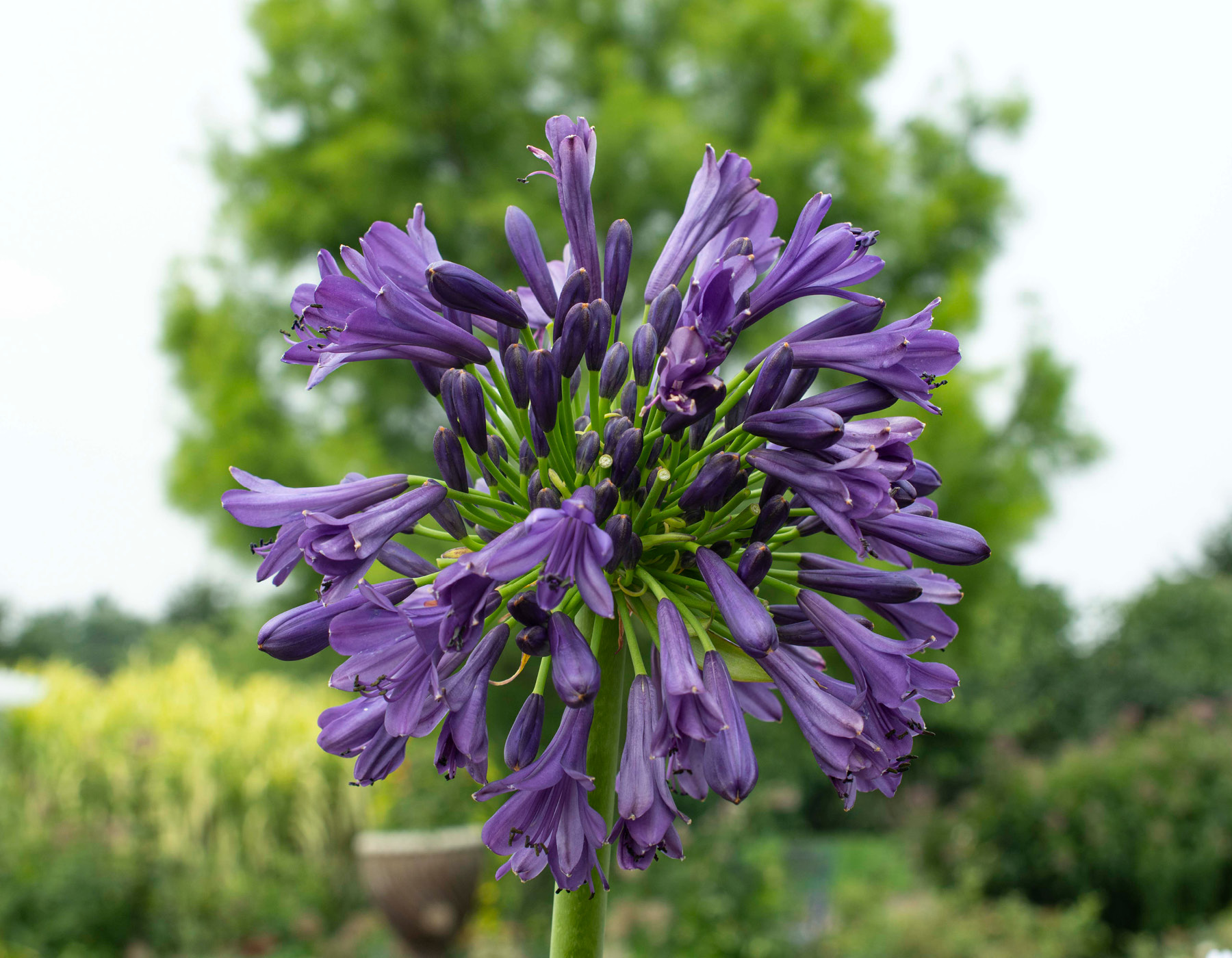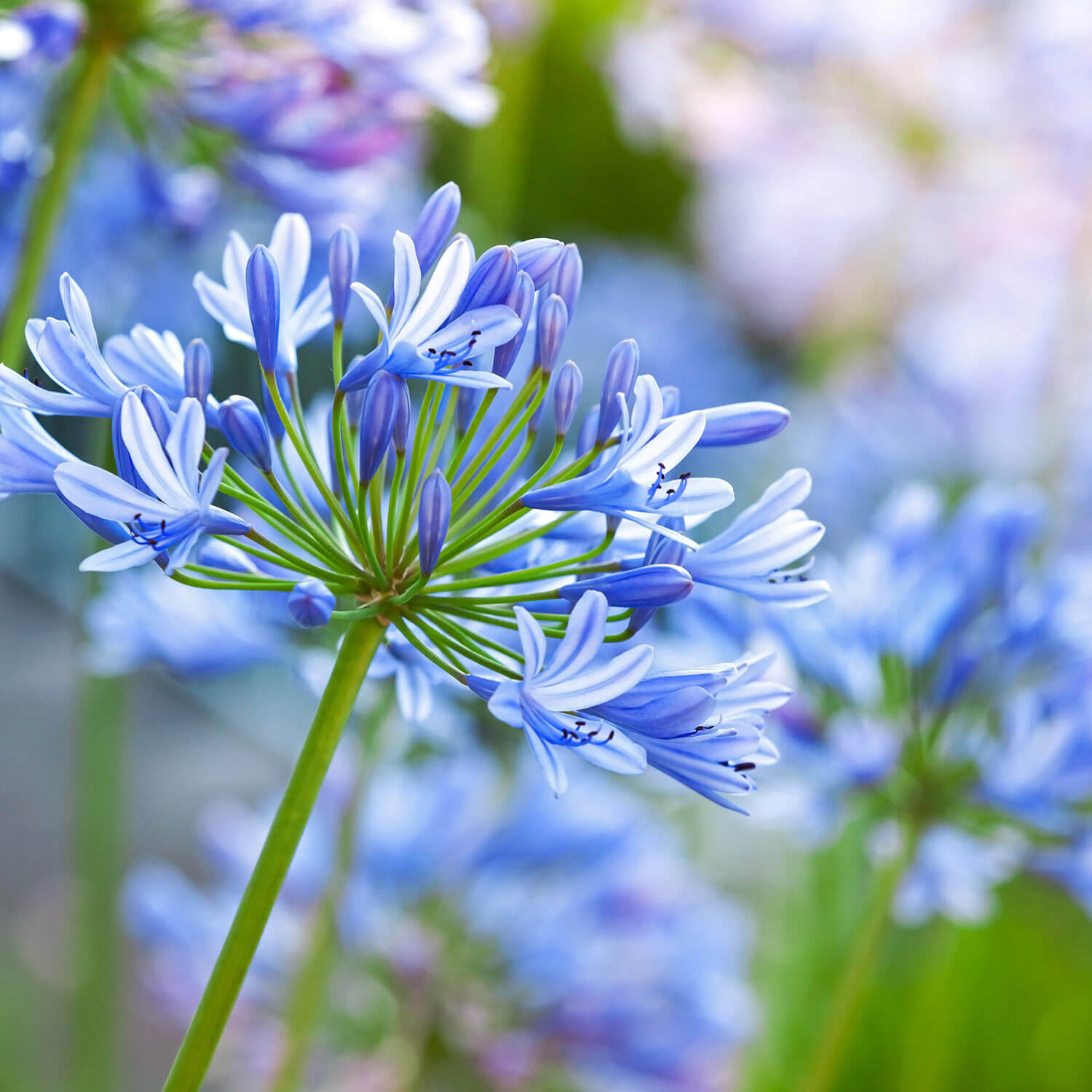Agapanthus Varieties: Selecting the Best for Your Landscape
Agapanthus Varieties: Selecting the Best for Your Landscape
Blog Article
Grasping the Art of Agapanthus Treatment: Necessary Actions for Healthy Development and Lively Flowers
In the world of cultivation, the cultivation of agapanthus stands as a gratifying undertaking for those that seek to nurture these sophisticated blooming plants. With their striking blooms and stylish foliage, agapanthus has captured the focus of garden enthusiasts worldwide. Nevertheless, attaining optimal development and vivid blooms requires a nuanced method that includes different necessary actions. From choosing the appropriate range to grasping trimming techniques, the trip towards growing flourishing agapanthus plants is diverse and holds the essential to opening the full potential of these botanical gems.

Picking the Right Agapanthus Selection

When picking the right Agapanthus selection for your yard, consider variables such as environment viability, flower color, and growth behavior. In addition, think about the environment in your area to guarantee the Agapanthus range you select can grow in your details problems. Comprehending the development habit of different Agapanthus varieties is critical for appropriate positioning within your garden.
Ideal Planting Problems
Taking into consideration the ideal ecological requirements is vital for successful Agapanthus growing. Agapanthus plants are sensitive to cold temperatures and must be secured from frost during winter season months.
To make certain healthy growth and lively blossoms, plant Agapanthus light bulbs at a deepness of regarding 2-4 inches and space them 8-12 inches apart. Mulching around the base of the plants helps maintain moisture and suppresses weed development.
Watering and Feeding Tips
Preserving proper wetness levels and offering essential nutrients are crucial elements in the care regimen for Agapanthus plants. When it comes to sprinkling Agapanthus, it is critical to strike an equilibrium. If overwatered, these plants prefer constantly moist dirt yet are prone to root rot. During the expanding period, water deeply as soon as a week, making certain the soil is well-draining to stop waterlogging. In hotter environments or throughout durations of dry spell, even more regular watering might be required to keep the dirt evenly damp. However, lower watering in the wintertime to stop water logged conditions.
Fertilizing Agapanthus is vital for advertising healthy growth and respected blooms. Use a balanced plant food, such as a 10-10-10 formula, in the early springtime as brand-new growth arises. Repeat this application every 6-8 weeks throughout the growing season. Prevent excessive fertilization, as it can cause lush foliage at the cost of flowers. Always comply with the producer's directions for proper dilution and application methods. By following these watering and feeding tips, you can ensure your Agapanthus plants flourish and generate vivid, long-lasting blooms.
Pruning Strategies for Agapanthus
Pruning Agapanthus read the article plants at the proper times and with correct methods is vital for maintaining their health and advertising optimal development and flowering. The perfect time to trim a knockout post Agapanthus is in late winter season or early spring before new development emerges.
Deadheading invested blossoms can additionally reroute the plant's power right into generating more flowers rather than establishing seeds. If you want to gather seeds for breeding, leave some blossoms to dry and mature on the plant.
Remember to make use of clean, sharp tools to make exact cuts and lower the danger of presenting diseases. Agapanthus. Regular trimming will certainly assist maintain your Agapanthus looking neat and healthy and balanced while making sure an abundant display screen of stunning flowers
Dealing With Common Insects and Diseases
After guaranteeing appropriate trimming techniques for Agapanthus, it is vital to address typical insects and conditions that can affect the health and vitality of these plants. One typical insect that affects Agapanthus is the Agapanthus gall midget.
In find addition, Agapanthus plants can suffer from origin rot if they are planted in poorly draining pipes soil. By being vigilant and taking punctual activity versus insects and diseases, you can help your Agapanthus plants thrive and generate lively blossoms. Agapanthus.

Verdict
Finally, mastering the art of agapanthus care involves choosing the right variety, giving perfect growing problems, proper watering and fertilizing, ideal pruning techniques, and resolving usual bugs and illness. By complying with these vital steps, you can guarantee healthy growth and vibrant blossoms for your agapanthus plants. Keep in mind to consistently monitor and keep your plants to advertise their general well-being and durability.
To make sure healthy growth and lively blossoms, plant Agapanthus light bulbs at a deepness of regarding 2-4 inches and area them 8-12 inches apart. By complying with these watering and fertilizing tips, you can ensure your Agapanthus plants thrive and generate dynamic, long-lasting flowers.
One typical pest that affects Agapanthus is the Agapanthus gall midget. Furthermore, Agapanthus plants can experience from root rot if they are grown in poorly draining soil. By following these essential actions, you can guarantee healthy and balanced development and dynamic blooms for your agapanthus plants.
Report this page